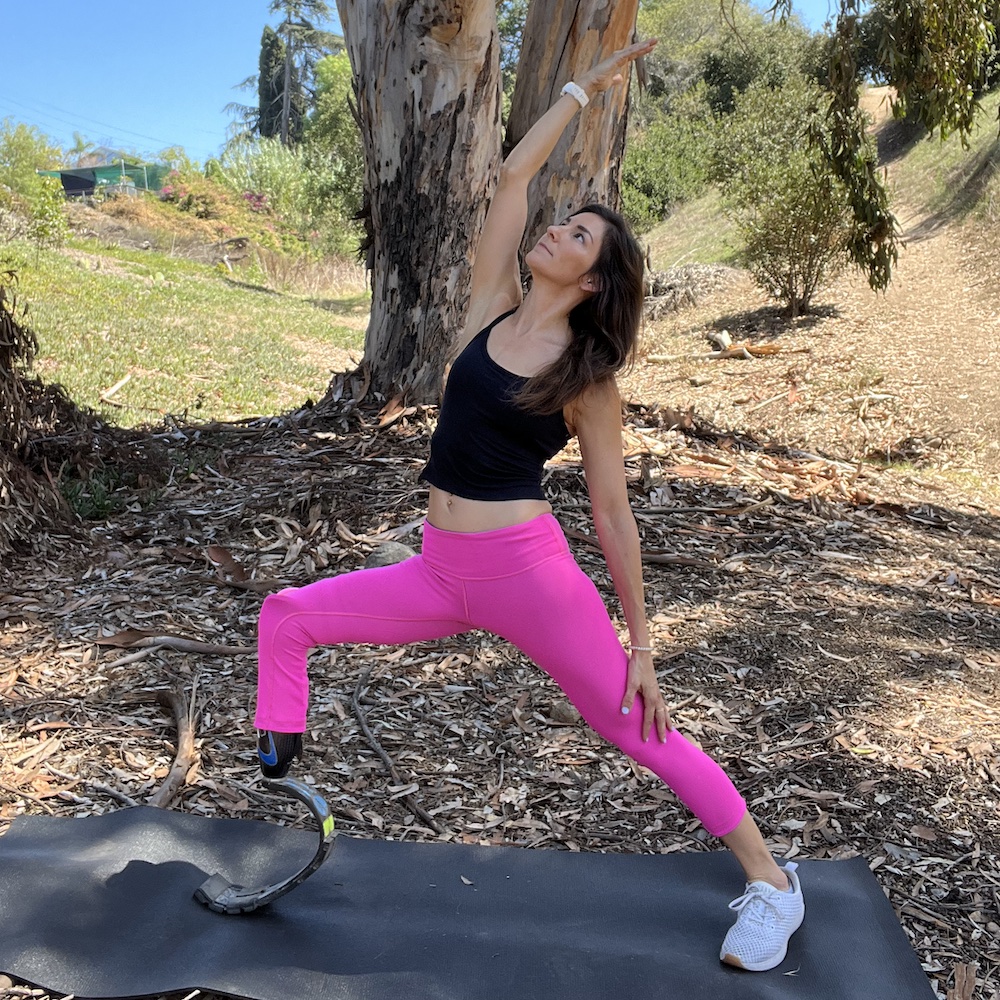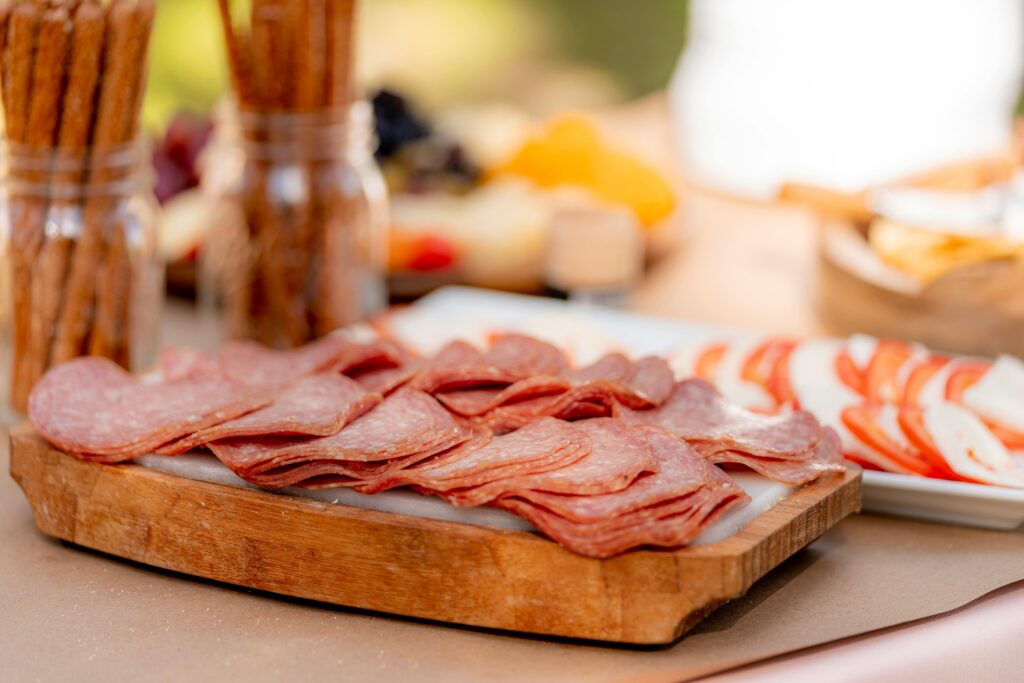When most of us think of resilience, we picture toughness. Powering through exhaustion. Refusing to quit. Holding it all together, no matter what.
For years, I bought into that definition too.
As a physician, amputee marathoner, and high achiever, I spent years believing resilience meant being unbreakable. Pushing through fatigue. Saying yes to everything. Ignoring the signals my body and mind were screaming at me. That worked — until it didn’t.
Over time, I realized that the people who truly thrive — in sport, medicine, business, and life — aren’t the ones who never bend. They’re the ones who adapt.
Because here’s the truth: resilience isn’t about being unbreakable. It’s about being flexible.
The Myth of Force-Based Strength
High-achieving women — whether athletes, doctors, or professionals — often fall into the trap of force-based resilience. We’re conditioned to believe success comes from:
- Working harder than everyone else
- Powering through exhaustion
- Sacrificing recovery for results
- Equating rest with weakness
This force-driven mindset creates short-term wins but long-term burnout. According to research from the Journal of Personality and Social Psychology, individuals who rely only on rigid persistence show higher stress, lower wellbeing, and greater risk of mental and physical breakdowns.
Force looks like strength, but it isn’t sustainable.

Flexibility: The True Core of Resilience
What Psychology Teaches Us About Adaptability
Psychologists define resilience not as “never breaking,” but as the ability to adapt and recover from challenges. A 2020 study published in Frontiers in Psychology found that flexible coping strategies — shifting approaches depending on the situation — predict resilience more strongly than toughness or grit alone.
Flexibility doesn’t mean weakness. It means agility. It means knowing when to push, when to pause, and when to pivot.
Bamboo vs. Oak: A Resilience Metaphor
Think of resilience like trees in a storm:
- The oak tree is rigid, tall, and strong — but a powerful storm can snap it in two.
- Bamboo is flexible – it bends with the wind, flexing and swaying, but after the storm, it stands tall again.
The oak may look unshakable, but it’s the bamboo that endures.
The strongest women aren’t the ones who never bend. They’re the ones who know how to bend.
Building Flexible Strength in Daily Life
So how do we move from relying on shear force to developing flexibility? It’s not about lowering your standards. It’s about being strategic, intentional, and sustainable with your energy.
If you’re ready to redefine strength in your own life, here are three powerful ways to practice flexibility every day:

1. Reframe Your Mindset
Your mindset is the foundation of resilience. It’s not just about “thinking positive.” It’s about choosing thoughts and beliefs that allow you to adapt within a system that isn’t always perfect.
Some great resources that have helped inform my own perspective include:
- Grit by Angela Duckworth — a reminder that perseverance matters, but smart perseverance means knowing when to adjust your strategy.
- Do Hard Things by Steve Magness — a science-backed exploration of toughness that isn’t about suffering in silence, but about sustainable growth.
Both are in my curated Mindset & Personal Growth collection — resources I return to when I need help refining my perspective.
Practical shift: Instead of asking, “How do I push harder?” ask, “What’s the smartest way to move forward right now?”
2. Create Supportive Rituals
Rituals anchor your day and protect your energy without locking you into rigid routines. They provide structure with flexibility — the sweet spot of resilience.
I’ve found that anchoring myself with simple rituals helps me respond to stress with flexibility instead of rigidity.
In the morning, consider using the 5-Minute Journal to ground myself with gratitude and focus before my day runs away from me.
At night, a sunrise alarm clock helps me regulate my sleep cycle and create an evening wind-down ritual that supports recovery.
These are small tools, but they create consistency — not rigidity. Rituals should support you, not trap you.
Explore more of my go-to tools in the Morning & Evening Rituals collection.
3. Build Your Resilience Toolkit
Every woman needs her own “resilience toolkit” — daily-use items that support recovery, balance, and strength.
My Resilience Toolkit is a curated list of daily-use items that support both my physical and mental recovery — from recovery tools I use after training, to nutrition supports that keep my energy steady, to simple items that remind me to pause.
Your toolkit will look different from mine, but the principle is the same: resilience isn’t just mental. It’s physical, emotional, and environmental. Surround yourself with tools that support your general wellbeing and make it possible for you to perform at your best.
The Science Behind Flexible Strength
If you’re skeptical about all this talk of flexibility, let’s ground it in data.
- Cognitive Flexibility: Research in Frontiers in Psychology shows that people with greater cognitive flexibility — the ability to shift perspectives and strategies — are better able to manage stress and recover from setbacks.
- Physiological Flexibility: Studies on heart rate variability (HRV) demonstrate that the body’s ability to shift between stress and recovery states is a strong predictor of resilience. While my Garmin Fenix 3 offers daily tracking of my HRV status, my go-to tracker for HRV is still the HRV4training app.
- Behavioral Flexibility: Those who can switch between problem-focused and emotion-focused coping strategies depending on context show better outcomes in both health and performance.
The conclusion? Adaptability, not rigidity, is the predictor of long-term resilience.
Practical Steps to Redefine Strength
Here are a few ways you can start today:
- Check your language. Do you equate rest with weakness? Start reframing recovery as strength.
- Set flexible goals. Instead of “I must run 10 miles today,” try: “I’ll move my body for 60 minutes in the way that feels best.”
- Create decision pauses. Before defaulting to “push harder,” ask: Will force or flexibility serve me better right now?
- Invest in small rituals. Journaling, grounding practices, and sleep hygiene create better physical and mental health, which will pay off when you face a new challenge.
- Build your environment. Stock your resilience toolkit with items that support your physical, mental and emotional health.
Final Thought: Strength as Flexibility
Redefining strength isn’t about giving up working hard or lowering your goals. It’s about recognizing that force alone will eventually break you — while flexibility will help you thrive.
The strongest women aren’t the ones who never bend. They’re the ones who bend and rise again.
So let’s stop glorifying the unbreakable oak. Let’s start celebrating the bamboo — flexible, adaptable, and stronger for it.
Here’s your reminder that strength isn’t just about force. It’s just as much about being flexible.
Next Steps for You
If you’re ready to start redefining strength in your own life, here are some resources to explore:
- Mindset & Personal Growth Books: Learn from thought leaders on grit, adaptability, and resilience.
- Morning & Evening Rituals: Simple daily anchors that help you stay balanced.
- My Resilience Toolkit: My personal collection of essentials that keep me grounded, recovered, and strong.
Small shifts, big resilience. That’s the power of flexible strength.








